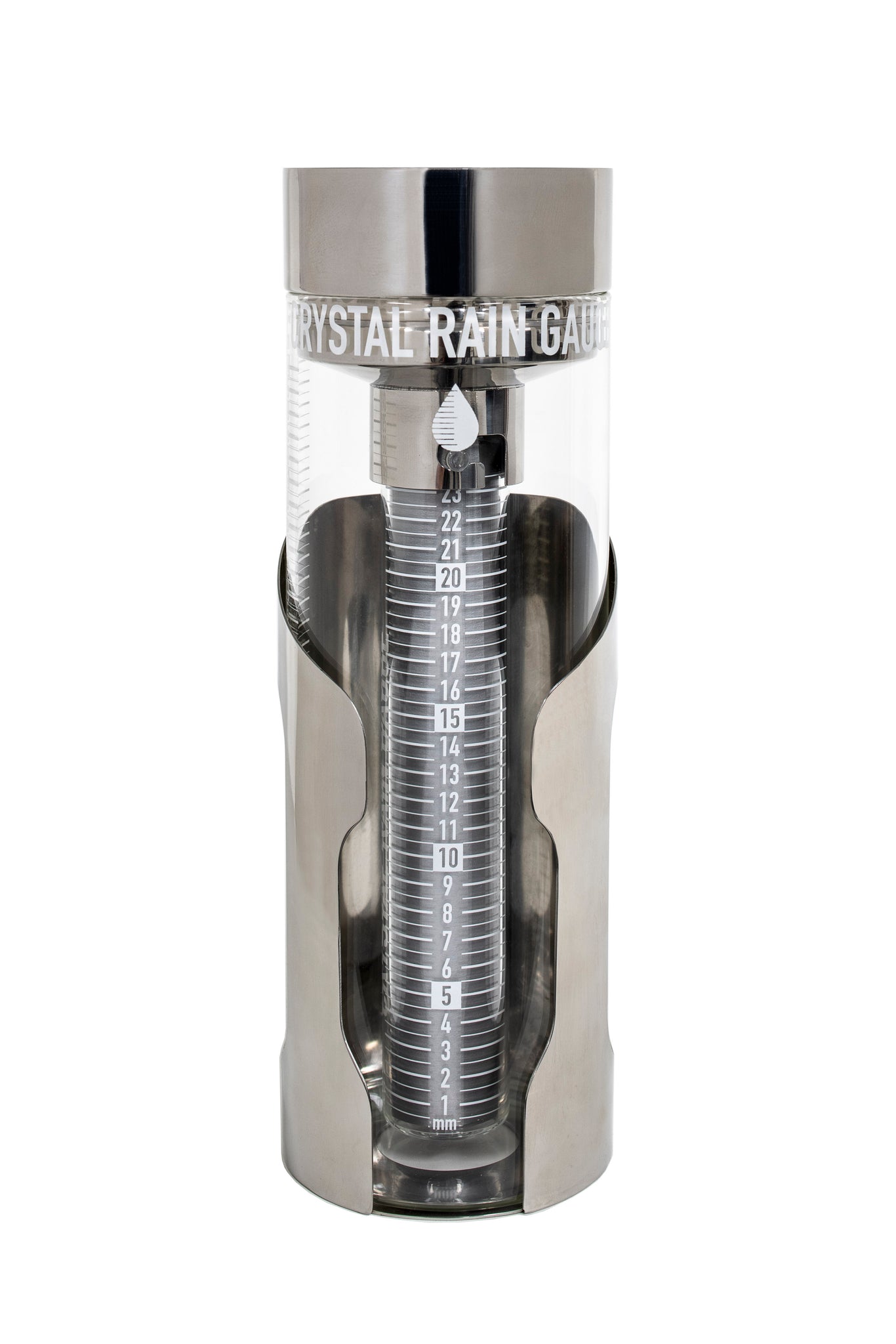Compare the Leading Rain Gauge Versions for Accurate and Consistent Readings
Compare the Leading Rain Gauge Versions for Accurate and Consistent Readings
Blog Article
Revealing the Science Behind Rain Assesses: How These Tools Play a Vital Duty in Environment Research and Ecological Surveillance
Rainfall gauges, relatively basic gadgets, hold an extensive significance in the realm of environment study and ecological surveillance. These unassuming instruments quietly collect among nature's most necessary aspects-- rains. Yet, behind their unpretentious facade lies a complicated science that is important for recognizing the dynamics of our atmosphere. As we peel off back the layers of this scientific veil surrounding rain gauges, we discover a world where precision, information precision, and careful observation assemble to introduce a much deeper understanding of our transforming environment and its influence on the earth.
Significance of Rain Scales
Rainfall assesses play an important role in monitoring and determining rainfall levels, giving important information for environment research and analysis. These gadgets are basic in evaluating the amount of rains that occurs in a certain area over a particular period. By collecting and measuring rainwater, rain determines offer useful insights right into the circulation and strength of rainfall, assisting meteorologists, hydrologists, and climatologists in recognizing weather condition patterns and patterns.
Among the essential reasons rainfall gauges are vital is their ability to provide exact and localized information. Unlike satellite or radar-based dimensions, which offer wider monitorings, rain assesses deal exact info specific to the place where they are placed. This local data is essential for different applications, including flood projecting, dry spell surveillance, and water resource management. Furthermore, lasting information gathered from rainfall evaluates assists in analyzing climate modification effects and patterns, adding significantly to clinical research and decision-making procedures. In essence, rainfall assesses work as crucial tools in the area of weather forecasting and environmental science, playing a critical function beforehand our understanding of climate and climate characteristics.
Sorts Of Rain Scales

Functionality and Operation
In the world of environment research and atmospheric studies, the performance of rainfall evaluates lies in their elaborate functionality and precise functional mechanisms. Rain assesses are designed to precisely gauge the quantity of precipitation that tips over a certain location during a collection period. These gadgets generally contain a funnel that accumulates rain and networks it right into a gauging tube. The gauging tube is marked with adjusted measurements that enable the precise metrology of rains.
The capability of rainfall gauges is based upon the principle of gathering and measuring rainwater in a standard fashion. This collected data is essential for understanding regional climate patterns, tracking lasting environment trends, and assessing environmental impacts. To ensure precise measurements, rainfall evaluates need to be purposefully placed in open areas away from obstructions such as buildings or trees that can disrupt the collection process.
The functional element of rain evaluates involves regular upkeep to avoid particles accumulation, calibration checks to preserve dimension accuracy, and information recording for evaluation (rain gauge). Overall, the capability and operation of rain assesses are crucial for collecting trusted rainfall data vital to Check Out Your URL environment research study and ecological tracking
Role in Climate Study
Provided the essential importance of precise rainfall dimensions in recognizing weather condition patterns and ecological effects, the duty of that site rainfall determines in climate research is vital. Rainfall assesses offer crucial data for environment research by evaluating the quantity of rainfall that falls over a details location during a given period. This information is vital for keeping an eye on long-term patterns in precipitation patterns, assessing the influence of environment adjustment on rainfall distribution, and enhancing environment models.

Climate researchers utilize data accumulated from rain evaluates to assess variants in rainfall levels, determine local environment trends, and review the effectiveness of water source management approaches. By comparing historical rainfall data with current dimensions, scientists can discover shifts in rainfall patterns, such as modifications in the frequency or strength of rains occasions. This info is important for recognizing how climate modification is influencing rainfall dynamics and can assist policymakers make notified choices concerning adaptation and reduction techniques.
Applications in Environmental Monitoring

In flooding projecting, rain gauge data helps to track rainfall strength and distribution, allowing authorities to issue timely cautions and take necessary measures to reduce flooding risks (rain gauge). Dry spell monitoring counts on rainfall gauge information to evaluate moisture degrees in the dirt and track rainfall deficiencies, assisting in the recognition of drought-prone areas and the execution of dry spell reaction approaches
In addition, rain gauge data plays an essential function in water resource management by offering information on water schedule and use patterns. Furthermore, in agriculture, rain gauge data aids farmers in enhancing watering timetables, crop selection, and total farm administration practices based on regional precipitation patterns.
Conclusion
To conclude, rain evaluates are crucial devices for determining precipitation, providing valuable information for environment study and ecological monitoring. With different types and performances, rain gauges play a critical duty in recognizing rainfall patterns and their influence on the atmosphere. By properly measuring rainfall, these tools add to the improvement of scientific expertise and aid in making notified choices associated to water source monitoring and catastrophe readiness.
Rain evaluates play a crucial role in surveillance and gauging rainfall degrees, giving crucial information for climate research and analysis. The typical rainfall scale, known as the "tipping pail" gauge, is one of the most article source typically utilized devices. Ultrasonic rainfall evaluates use noise waves to find the existence of rain, providing real-time information on precipitation degrees.Environment scientists make use of data gathered from rain evaluates to examine variants in rainfall degrees, determine local climate patterns, and examine the effectiveness of water resource administration approaches.In conclusion, rain assesses are important devices for gauging precipitation, providing valuable information for climate research and environmental tracking.
Report this page